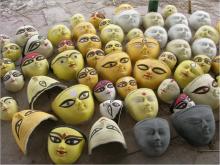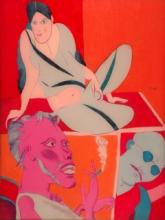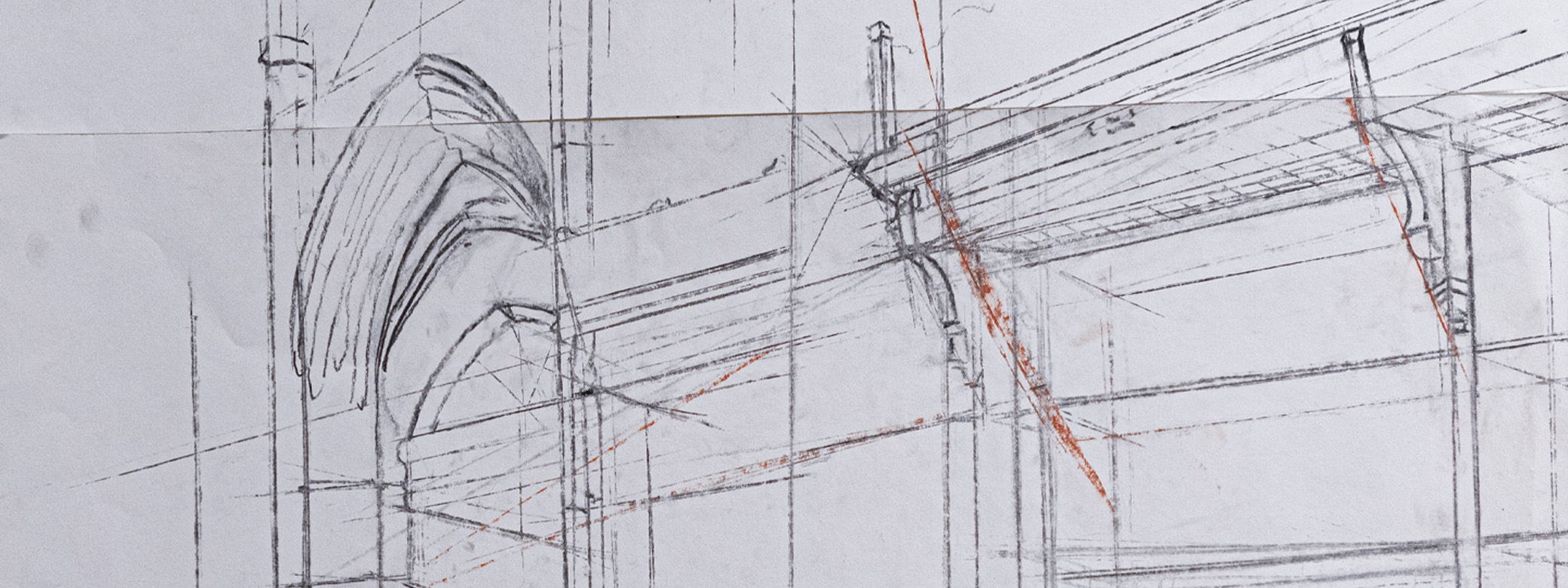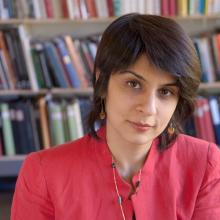Assistant Professor Sonal Khullar is the newest faculty member in the Art History Division. Her region of specialty, South Asia, has a long and ancient history, but her research interests focus on the last two hundred years. Professor Khullar’s arrival at the University of Washington in the autumn of 2009 was the result of a successful partnership. South Asian Studies, a Jackson School of International Studies program, in consultation with the Art History Division of the School of Art, identified the need and successfully applied for funding to support a position in South Asian art history.
Many people wonder about the meaning of the phrase “South Asia”. It refers to the present-day nation states of India, Pakistan, Bangladesh, Bhutan, Nepal, and Sri Lanka. It is a region of art that Professor Khullar did not focus on until graduate school. For her undergraduate degree at Wellesley College, she majored in comparative literature and economics, but in her senior year she took “two transformative art history courses on the visual culture of nineteenth-century Paris and the history and theory of feminist film.” These classes made her aware of “the possibility of a unified approach to the relationship of aesthetics and politics.” During her graduate studies at the University of California, Berkeley, Professor Khullar pursued her “dual commitment to feminist theory and art history” while working on a variety of projects: a master’s thesis on modernist murals painted by Sri Lankan artist George Keyt in a Buddhist temple in 1939-40;

Professor Khullar has already taught three Art History classes and has several more planned for the next two academic years. Topics for her undergraduate courses include the art of South Asia from antiquity until the early modern period; art and empire in South Asia; modern and contemporary art in South Asia; the critical historiography of museums in South Asia; and the aesthetics of miniature painting. Her graduate seminars will focus on the role of fragments, ruins, and traces in the history of South Asian art and the history of modernism and modernity in non-Western contexts. She says, “In these courses, I emphasize the historical permeability of cultural boundaries and the relationship of art objects to their social and political contexts, which is to say, their production, circulation, and reception. My goal is to engender attentiveness to particular images, objects, and sites alongside critical inquiry into questions of globalization, cosmopolitanism, and trans-nationalism.”



